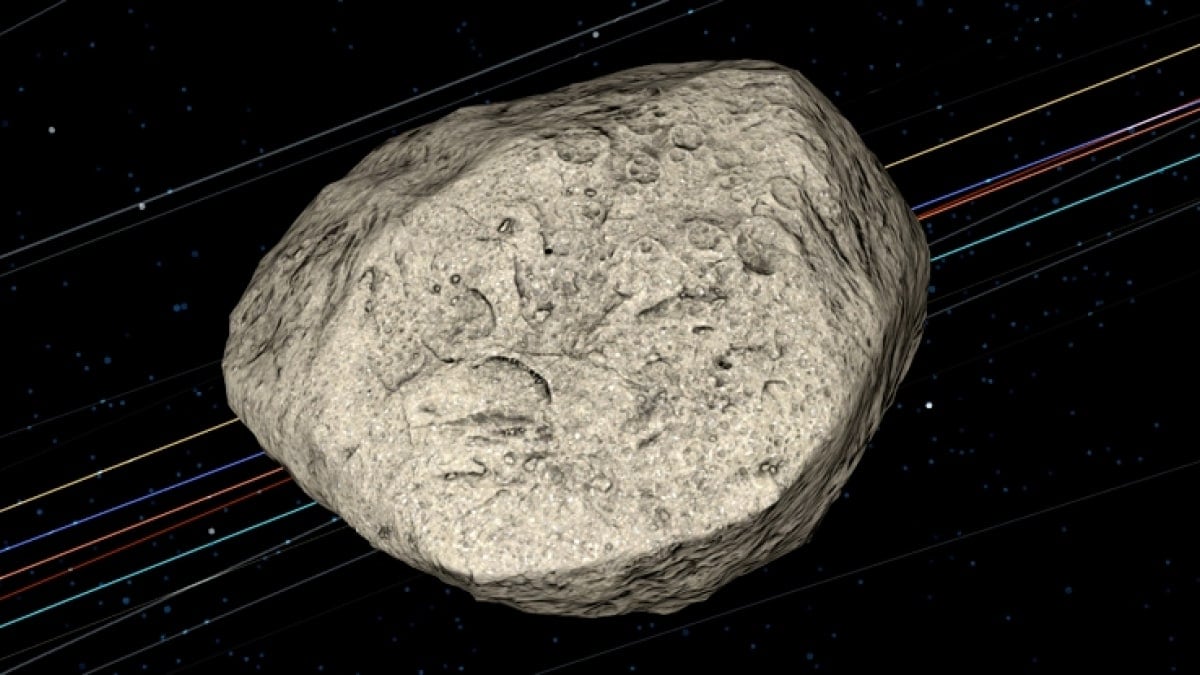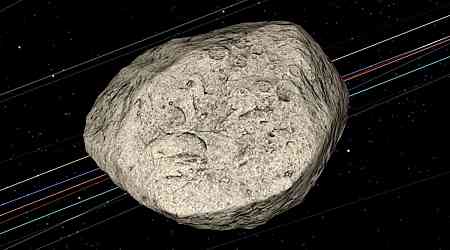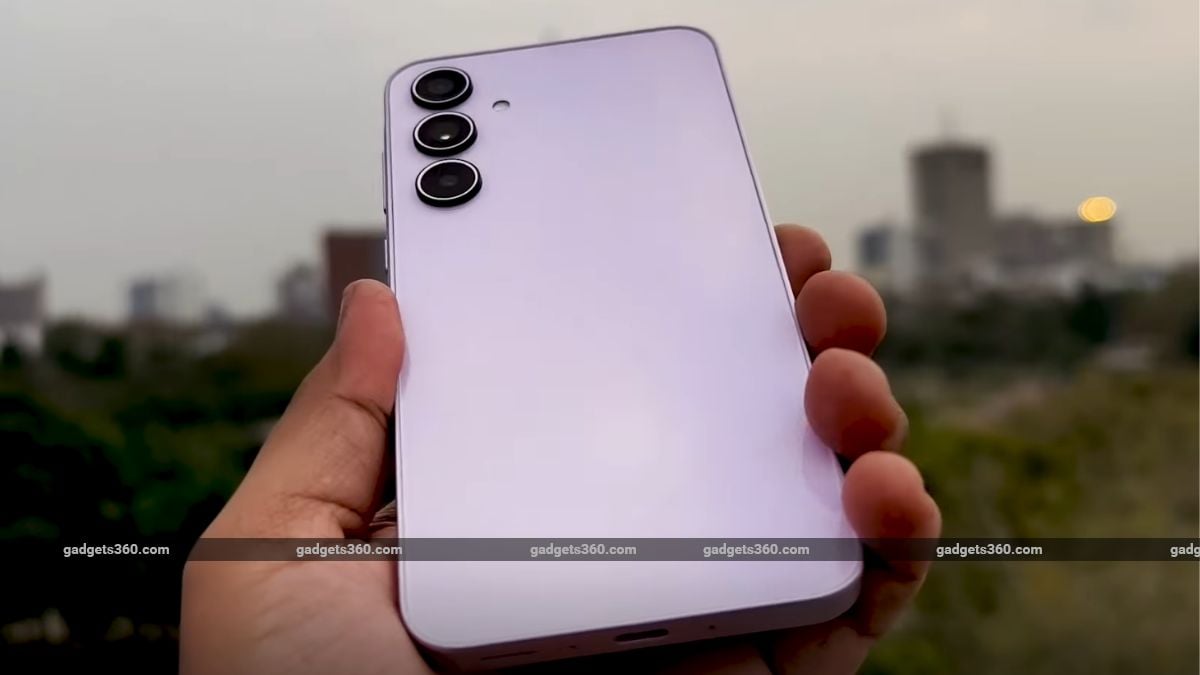A close encounter between Earth and asteroid 99942 Apophis is expected to take place in April 2029. Named after an ancient Egyptian deity associated with darkness and disorder, Apophis will pass within 32,000 kilometres (20,000 miles) of Earth. According to recent simulations by Johns Hopkins University Applied Physics Laboratory, this event could cause significant shifts on the asteroid's surface due to Earth's gravitational influence.
Surface Disturbance Predicted by Simulation
The study was led by planetary scientist Dr Ronald Ballouz and was published The Planetary Science Journal. It suggests that Apophis' proximity to Earth might create seismic disturbances on its surface. These effects could cause surface movements that are measurable from Earth, giving scientists an unprecedented opportunity to observe near-Earth asteroids in a unique way. The asteroid, approximately 335 metres (1,100 feet) across, was initially calculated to be on a potential collision course with Earth upon its discovery in 2004. Current analysis has confirmed that there is no threat of impact in the foreseeable future.
Possible Impact on the Asteroid's Rotation
As per a report by Space.com, another expected outcome is a change in Apophis' rotational state. As it nears Earth, gravitational forces may alter its spin, which could result in surface reshaping as the asteroid continues orbiting the Sun over time. Past research has noted that asteroids showing less space-weathering than anticipated, like 25143 Itokawa, may owe these qualities to close planetary flybys. This particular flyby will thus allow scientists to study such transformations directly.
An Opportunity for Observation
As Apophis is projected to be visible without telescopes during its approach. As reported, researchers anticipate capturing detailed images of any changes. The findings from this study are expected to deepen understanding of how close encounters impact near-Earth objects, potentially influencing future research and asteroid-monitoring efforts.
































